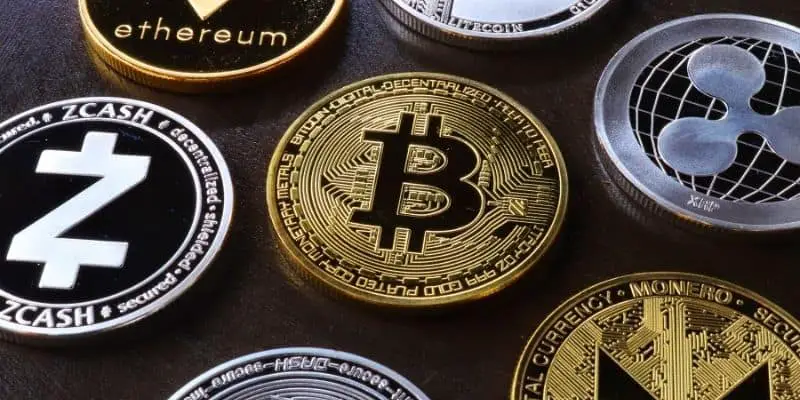Understanding A 51 Percent Attack
Posts contain affiliate links, see disclosure for more details.

You may have heard of a 51% attack before, but that does not mean that you know anything about how it works. If you are worried about what it will mean for your cryptocurrency or how to avoid one, then it helps to know the basics before you are in any danger.
If you are worried about the possible risks, then here is what you will want to know.
What Are 51 Percent Attacks?
A 51 percent attack is any situation where the majority of part of a blockchain (over 50%) is owned by a single group or party. This could be anything from the mining power to the computing power, all of which can have severe consequences for how the entire system works.
Once a single group has taken over at least 51% of a blockchain, they have become the de-facto owner of it, although only in certain ways. This means that they might be able to modify, block, double-spend, and excuse different transactions or coins, although they cannot create or control new tokens.
This is because blockchains run on consensus, meaning that a majority ‘vote’ is needed for something to ‘pass’ and take effect. By owning 51% of the system or platform, it is possible to ‘force’ certain outcomes. This is extremely difficult, but it has happened before.
Are 51% Percent Attacks Rare?
A 51% attack is extremely hard to manage since most blockchains have thousands of nodes spread all across the world, all of which are flexible and are not necessarily in a set order. They also are not all pointing back towards a single central node, so there is not a way to attack the brain of the system directly.
The hash rate of a miner is based on how much computer power they can dedicate towards the system, which is not usually grounds for them getting any actual control over the system. Pulling off an attack like this would require a massive amount of power and careful planning.
However, the size of the network also matters, especially in newer blockchains. If a network has not seen that much use and is still developing, it is very possible for a 51% attack to take place.
What Does This Mean?
Knowing what a 51 percent attack involves is important since there are certain outcomes that can be severely bad for both the blockchain itself and the system’s users. For example, an attack might allow the attacker to mine multiple versions of the same coin at the same time, doubling or tripling their earnings.
Newer networks can also sometimes be blocked, with the attacker reverting multiple transactions and causing havoc before anybody understands what is going on. Even if they do not do that specifically, they can also start to interfere with the way that the network operates.
It is very unlikely that a blockchain could be completely destroyed in one of these attacks, but it is also not impossible. Since each blockchain works on slightly different systems and has unique features that others do not, it all depends on the size and general design of the whole network.






